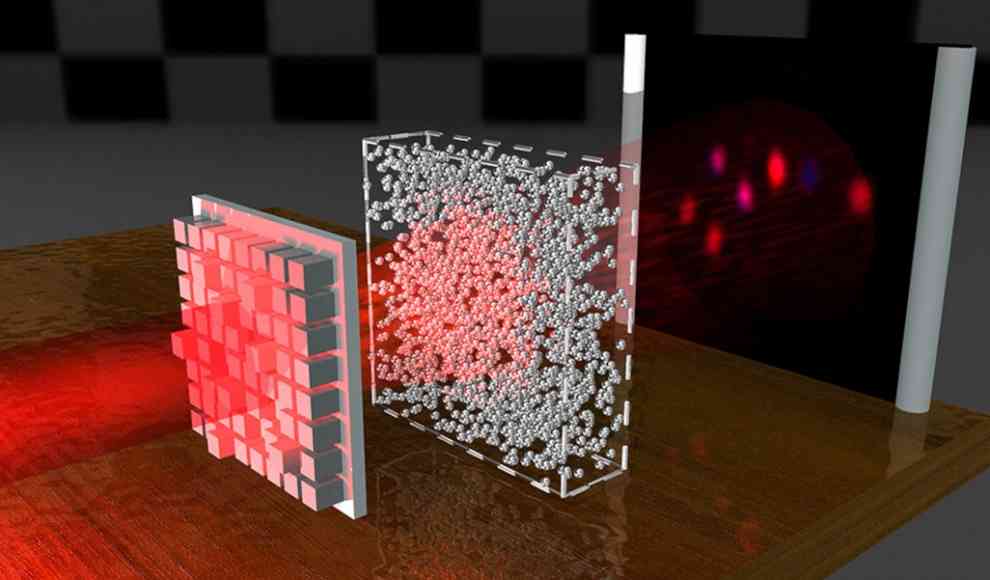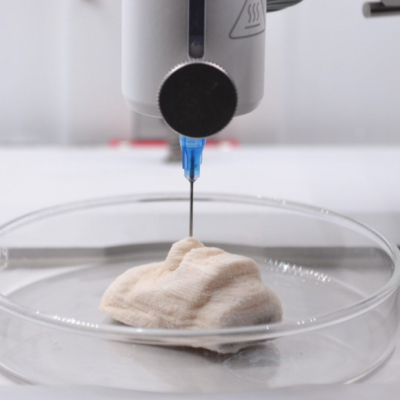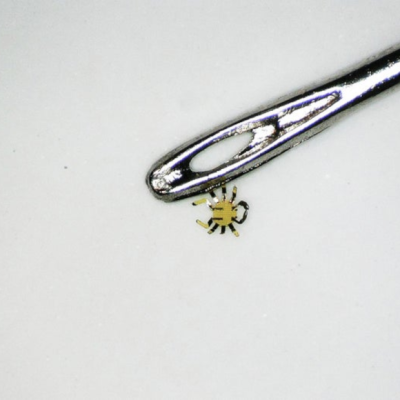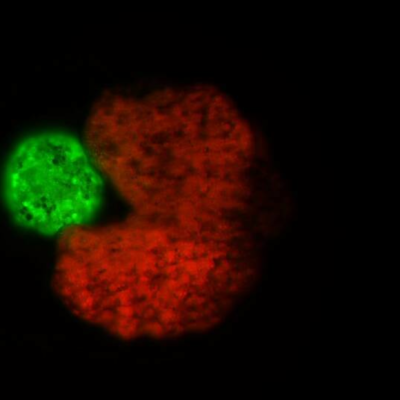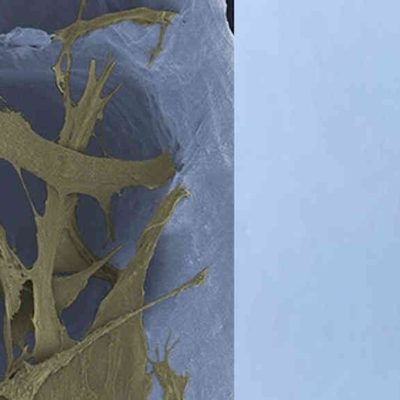Scientists from the University of Utrecht and the Vienna University of Technology have developed a method to transmit complex optical information through opaque materials. Many materials, such as milk, appear opaque because the light passing through them is scattered and refracted by their disordered structure. However, the researchers have modified light rays to pass through these materials by determining how different materials break down different waveforms of light. They used white zinc oxide powder as a test material and documented how much light passed through it using a detector. They then calculated which waveforms could pass through the material without scattering. The researchers found that there is a specific class of light waves, called scattering-invariant light modes, that can transmit optical information through scattering media.
The researchers believe that their method could be used to develop new imaging techniques for medical applications. For example, it could be used to look inside cells during biological experiments. The scattering-invariant light modes could also be used for fundamental research. The researchers say that their method provides an attractive set of tools for both basic research and imaging applications.
The researchers used a combination of different scattering-invariant light modes to create a waveform of light that could transmit complex optical information through scattering media. They tested their method by transmitting an image of the Big Dipper through the white zinc oxide powder. Despite the opaque material, the researchers were able to capture the typical pattern of the constellation on the detector. The researchers say that their method could be used to transmit optical information through almost any material, as long as the appropriate scattering-invariant light modes are used.


